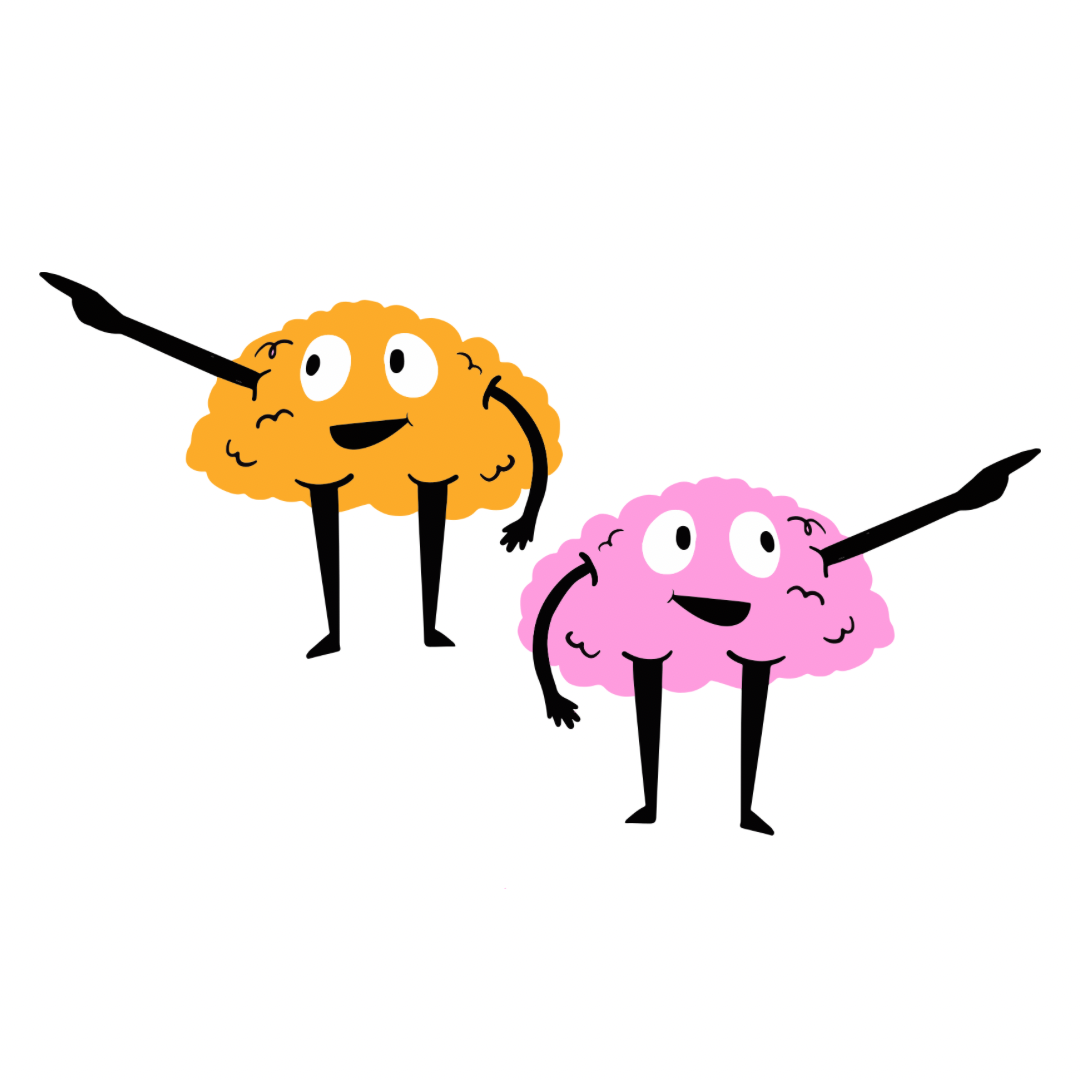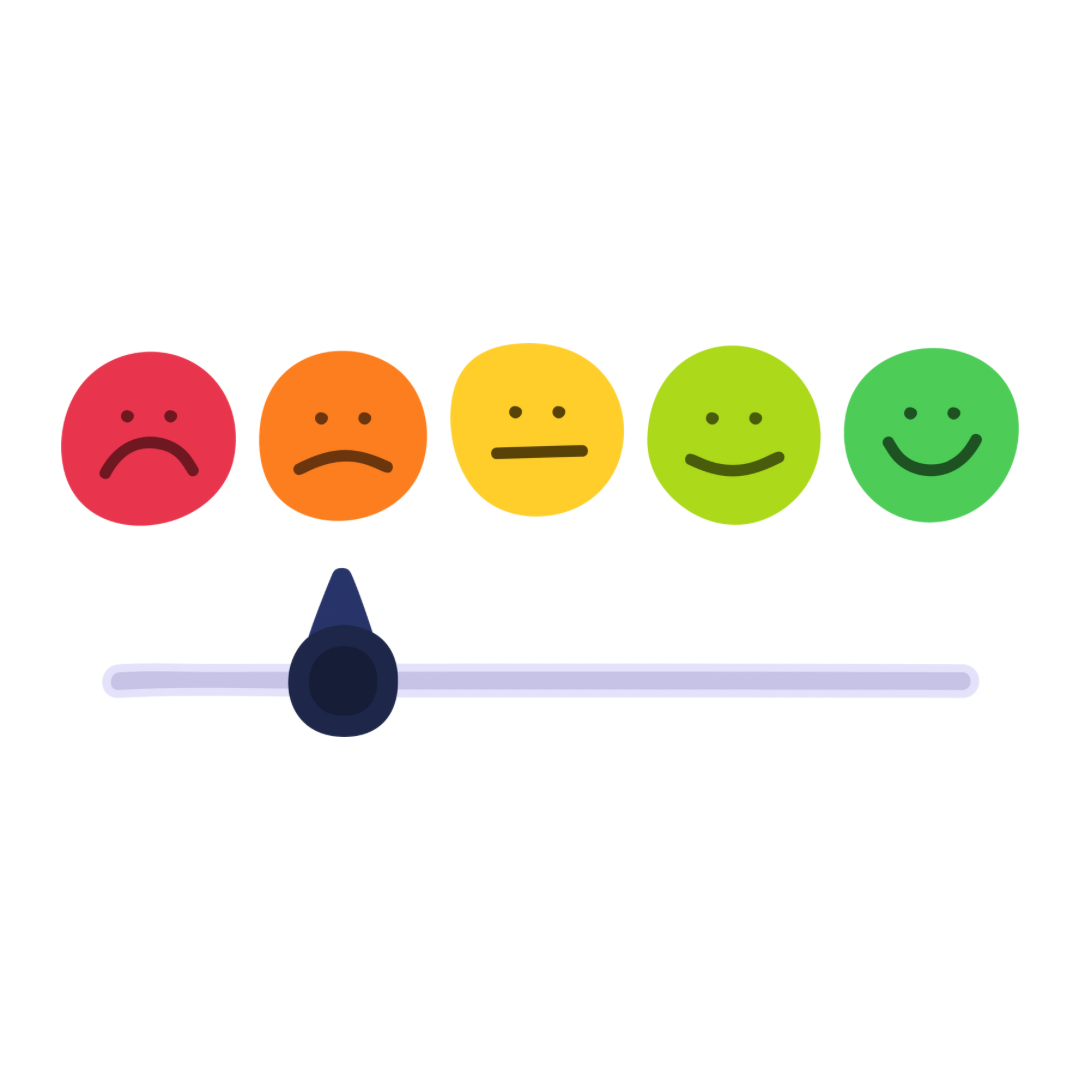Is Your Child Ready for School?
The transition to school is a big one — not just for kids, but for parents too. And if you’ve found yourself wondering, “Is my child ready?”, you’re definitely not alone.
School readiness is often misunderstood as academic knowledge — like whether a child can write their name or recite the alphabet. But in reality, true readiness is about the whole child. Their body, their emotions, their ability to follow a routine, and how they relate to the world around them.
Here are 7 simple but meaningful signs that your child might be ready to start school — plus tips to help support their development along the way.
1. Physical Readiness
Before a child starts writing letters or holding a pencil for long periods, their hands need to be ready. At this age, the small bones in the hand are still developing, and the muscles that support fine motor skills need time — and practice — to grow stronger.
Physical readiness includes being able to use scissors, color with intention, stack blocks, or put on shoes — all of which help prepare the hand for writing, cutting, and using classroom tools.
Try this: Trace simple shapes, snip playdough, use stickers, thread beads, or pinch clothespins — all of these help build strength and control in little hands.
2. Spatial & Directional Awareness
Reading and writing follow patterns — from left to right, top to bottom — and understanding where things are in space helps with both academics and daily routines. Directional awareness also supports visual tracking and organizing materials in the classroom.
These spatial skills develop through movement and repeated exposure to directional language like “under,” “next to,” or “behind.”
Try this: Play obstacle courses, do simple mazes, or give silly movement commands like “Put the spoon under the chair!”
3. Cognitive Readiness
This includes memory, attention, problem-solving, and the ability to follow multi-step directions. Around this age, children begin developing executive function — the brain’s “self-management” system — which helps them plan, stay focused, and work through small challenges.
Signs of cognitive readiness include sorting by size or color, counting objects, following 2-step instructions, or finishing a simple task from start to end.
Try this: Use matching cards, pattern play, or simple problem-solving activities like “Which one doesn’t belong?”
4. Language & Communication Skills
By the time school starts, most children can speak in short sentences, ask and answer simple questions, and understand classroom routines. These skills are tied to language development and early literacy — they support everything from storytelling to social connection.
Language grows through back-and-forth conversation and exposure to rich vocabulary in everyday life.
Try this: Have your child describe what they’re doing, tell a story with toys, or play “I spy” using descriptive words.
5. Emotional Readiness
Emotional regulation is still developing at this age. A school-ready child doesn’t need to stay calm all the time — but they are starting to learn how to manage big feelings like frustration, sadness, or excitement, and express their needs using words or gestures.
This growth is linked to the maturing of the prefrontal cortex, the part of the brain responsible for self-control and decision-making.
Try this: Use books and games to talk about feelings, create calm-down routines, or role-play situations like waiting or asking for help.
6. Social Skills
Children entering school should be able to interact with others, even in small ways. Social readiness includes learning to take turns, ask to join a game, listen to others, and start building peer relationships. These skills form the foundation for teamwork, group learning, and classroom cooperation.
At this age, children often move from parallel play to cooperative play, where they start truly playing with others.
Try this: Practice turn-taking games, do pretend play with roles, or model simple phrases like “Can I play too?”
7. Everyday Independence
Daily routines in school — like using the toilet, opening lunchboxes, or packing away supplies — require a level of independence. These tasks help children feel confident and reduce anxiety in new environments.
This kind of independence supports a child’s executive function and self-esteem — they feel capable, trusted, and proud.
Try this: Let your child pack their own backpack, practice dressing with zippers and buttons, or make their snack with support.
🌱 Final Thoughts
Every child grows and learns at their own pace. School readiness isn’t a finish line — it’s a collection of small, meaningful signs that show your child is beginning to develop the skills they’ll use in the classroom and beyond.
You don’t need to rush or pressure — playful, everyday moments are the most powerful way to help your child grow confident and capable.
I also made a YouTube video that walks through all seven signs with extra tips along the way. You can watch it here:
https://youtu.be/ns175IZ1884?si=G4YVcdZeW5v8fIZk
Thanks for reading — and as always,
stay curious and happy learning.
— Stella







